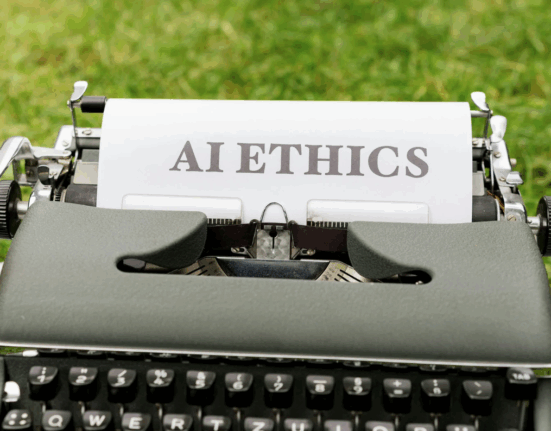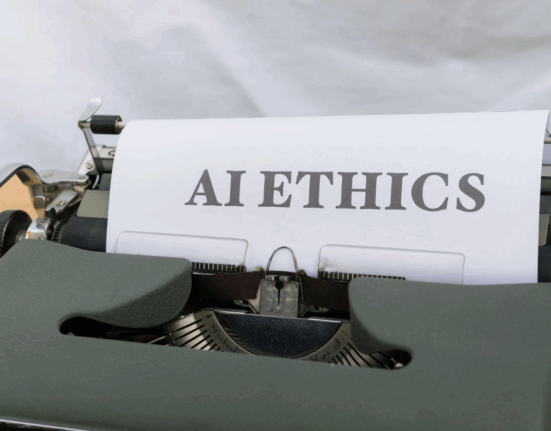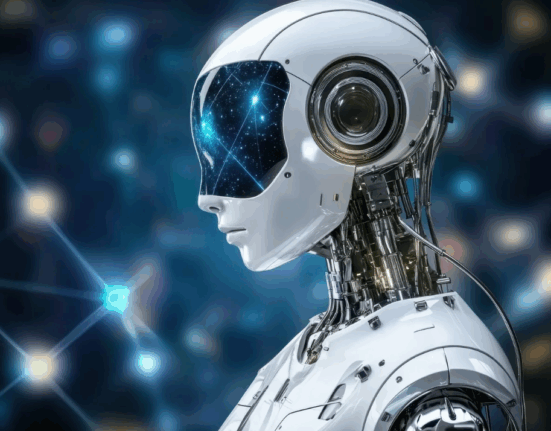Introduction: Why Interoperability Matters in Computer Vision
Computer vision is powering everything from smart surveillance to medical diagnostics. But integrating these systems into existing infrastructures isn’t always smooth. Interoperability challenges — the ability of different hardware, software, and platforms to work together — often slow adoption. Solving these issues is the key to unlocking the full potential of computer vision integration.
What Is Interoperability in Computer Vision Integration?
Interoperability refers to the seamless interaction between new AI-powered vision tools and legacy hardware, data systems, and workflows. Without it, upgrades create bottlenecks instead of improvements.
Common Interoperability Challenges
1. Hardware Compatibility
Older cameras and servers may not support AI-driven processing.
2. Data Format Differences
Different systems store video and image data in incompatible formats.
3. Vendor Lock-In
Proprietary platforms limit flexibility in integration.
4. Software and API Incompatibility
Legacy systems may lack APIs to connect with new frameworks.
5. Compliance and Security Issues
Healthcare and surveillance systems face strict data protection laws.
The Cost of Poor Interoperability
- Increased downtime due to mismatched systems.
- Higher integration costs from custom coding.
- Reduced efficiency when workflows don’t align.
- Limited scalability for future expansion.
Strategies to Solve Interoperability Challenges
Adopt Open Standards
Use open-source frameworks like OpenCV and TensorFlow that support integration across platforms.
Implement Middleware Solutions
Middleware bridges the gap between legacy systems and modern AI tools.
Prioritize API-First Development
APIs enable smoother communication between new and existing applications.
Leverage Cloud and Edge AI
Cloud-based tools scale easily, while edge devices reduce compatibility issues locally.
Collaborate with Vendors
Work with solution providers that emphasize interoperability in their products.
Applications Requiring Strong Interoperability
- Healthcare Imaging: Linking AI analysis to hospital record systems.
- Smart Surveillance: Integrating AI anomaly detection into legacy CCTV networks.
- Retail Analytics: Combining vision data with sales and customer systems.
- Manufacturing: Merging cobot vision tools with factory automation platforms.
Case Study: Hospital Imaging Integration
A hospital added AI-powered diagnostic imaging to its legacy system. By using middleware and open APIs, doctors accessed AI results directly in existing medical records, cutting diagnosis time by 30%.
Case Study: Citywide Surveillance Upgrade
A city retrofitted CCTV cameras with AI anomaly detection. Middleware allowed legacy cameras to feed data into modern AI analytics platforms without replacing infrastructure.
Future of Interoperability in Computer Vision
Standardization Efforts
More industries will push for common standards to reduce vendor lock-in.
AI-Driven Interoperability Tools
New AI models will automatically translate data between formats.
IoT and Vision Convergence
Interoperability will extend beyond cameras to sensors and smart devices.
Explainable AI Integration
Systems will not only connect but also provide transparent, trustworthy outputs.
Conclusion: Building Bridges, Not Barriers
Interoperability challenges don’t have to block progress. With open standards, middleware, and strategic planning, organizations can integrate computer vision into legacy systems smoothly. The result: scalable, efficient, and future-proof solutions.
FAQ
1. What are interoperability challenges in computer vision integration?
They are barriers preventing legacy systems and modern AI tools from working together seamlessly.
2. Why is interoperability important?
It reduces costs, improves efficiency, and ensures long-term scalability.
3. How can companies solve interoperability issues?
By adopting open standards, using middleware, and prioritizing API-first solutions.
4. What industries face the biggest interoperability challenges?
Healthcare, surveillance, retail, and manufacturing face major hurdles.
5. What trends will shape interoperability in computer vision?
Standardization, AI-driven translation tools, and IoT convergence.








